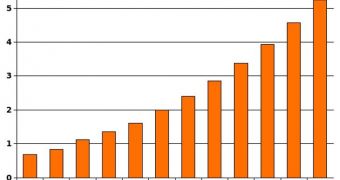A group of investigators based at the Stanford University School of Medicine says that it was recently able to conduct a groundbreaking research on the causes underlying the development of autism. Specialized stem cells derived from mature skin cells were critical to this study.
What the team did was grow brain-like sphere in a cell culture made up of stem cells. The biological material was harvested from people diagnosed with the rare genetic condition called the Timothy syndrome. All sufferers display autism as a symptom.
According to the team, it could be that a number of genetic mutations affect structures called calcium channels in the membranes of neurons are responsible for the impaired ability to communicated socially and verbally that autism spectrum disorder (ASD) patients display.
The study was led by Stanford experts Sergiu Pasca, MD, and Ricardo Dolmetsch, PhD. Details of their work were published in the latest online issue of the top journal Nature Medicine, PsychCentral reports.

 14 DAY TRIAL //
14 DAY TRIAL //